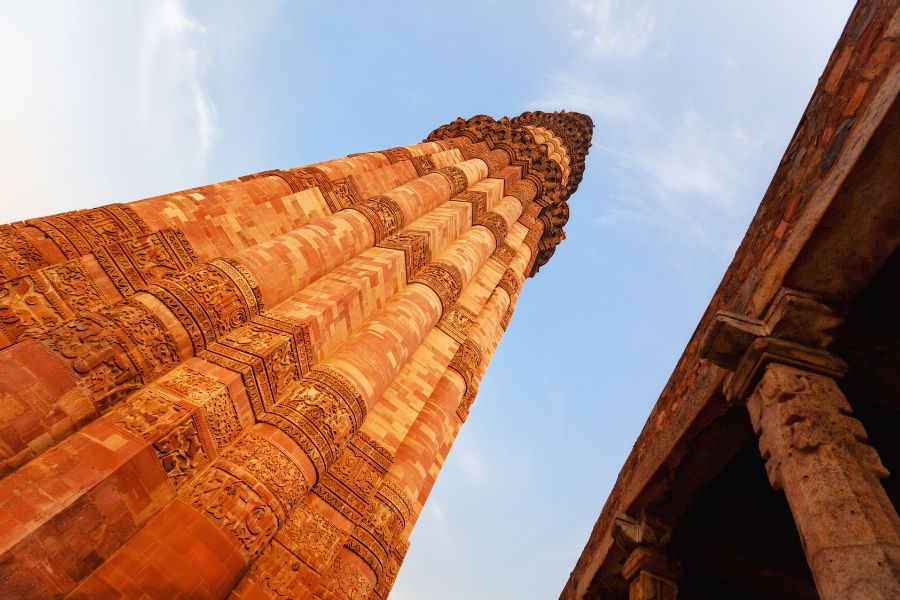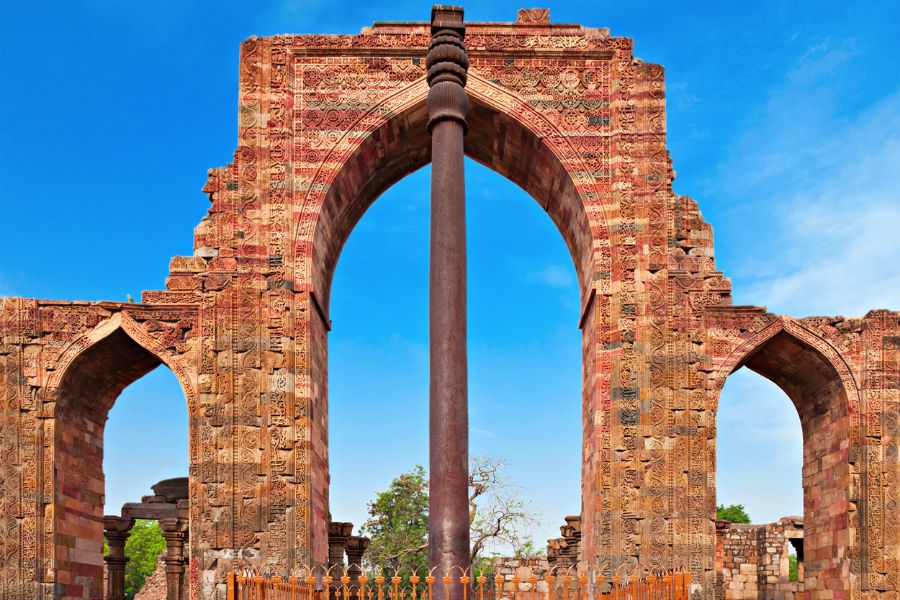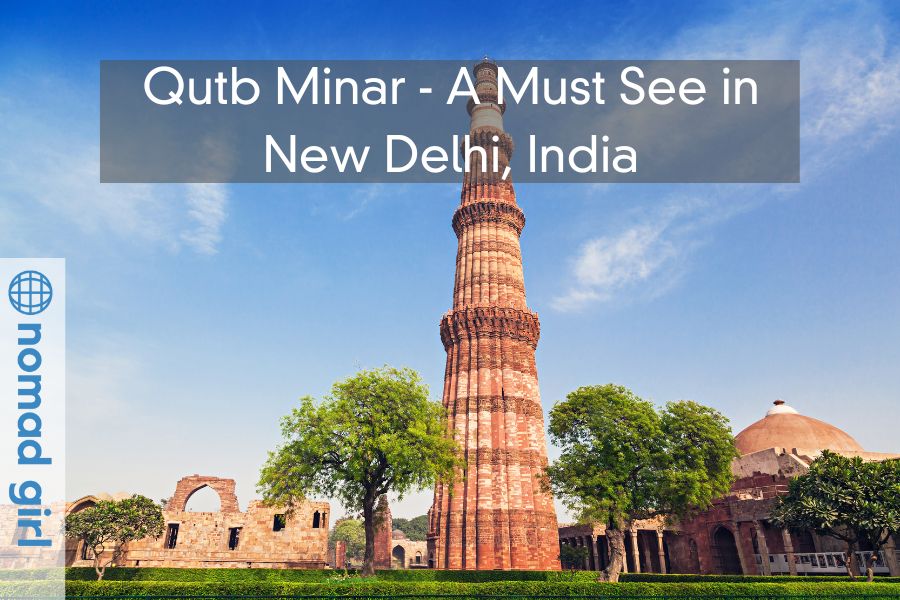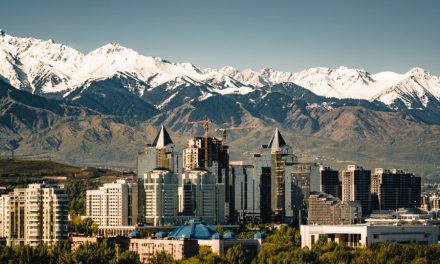The Qutb Minar is a 74-meter tall tower located in New Delhi, India. It is a UNESCO World Heritage Site and an Islamic Monument adorned with Arabic script on its surface. Made of red sandstone, it is situated within a vast complex of exquisite tombs, ruins and mosques. Visitors can gain insight into the construction and the history of each structure by reading the detailed information plaques scattered around the complex.

The Qutb Minar was built in the 12th century by Qutub-ud-din Aibak, who was the first Muslim ruler of Delhi. The tower has five distinct storeys and each storey is surrounded by a balcony, providing breathtaking views of the surrounding areas.
The Iron Pillar

Located near the Qutb Minar, the Iron Pillar is a 7-meter tall column that has puzzled experts for centuries. One of the most intriguing mysteries surrounding the pillar is how it was constructed with such exceptional purity of iron, a feat that was not thought possible during its time. What’s more, the pillar has managed to stand the test of time without rusting for over 2000 years, making it a true marvel of ancient engineering.
A copy-cat minar?
The complex features a minar tower that is shorter than the Qutb Minar, but has an intriguing history. Ala-ud-din, a man with an ambitious vision, began constructing a tower identical to the Qutb Minar, but planned to make it twice as tall. Unfortunately, he passed away during the construction process, and the tower was left unfinished at a height of 27 meters. Despite this, the tower still stands today as a testament to Ala-ud-din’s grand aspirations.

Other tombs and ruins in the complex
The complex boasts several impressive tombs adorned with intricate designs and beautifully patterned walls. Visitors can explore the varying sizes of the tombs, some with expansive walk-through entrances and lighter interior spaces, while others offer a more intimate and darker experience. Accessing the Qutb Minar site is convenient via metro transportation, with the Qutb Minar Metro station just a short distance away and a brief rickshaw ride covering the remaining one-kilometre distance.
Visitors should plan to spend at least half a day exploring this vast complex. It can get quite crowded during peak tourist season so it is recommended to arrive early to beat the crowds. The best time to visit is during winter months when the weather is cooler and more pleasant.


















